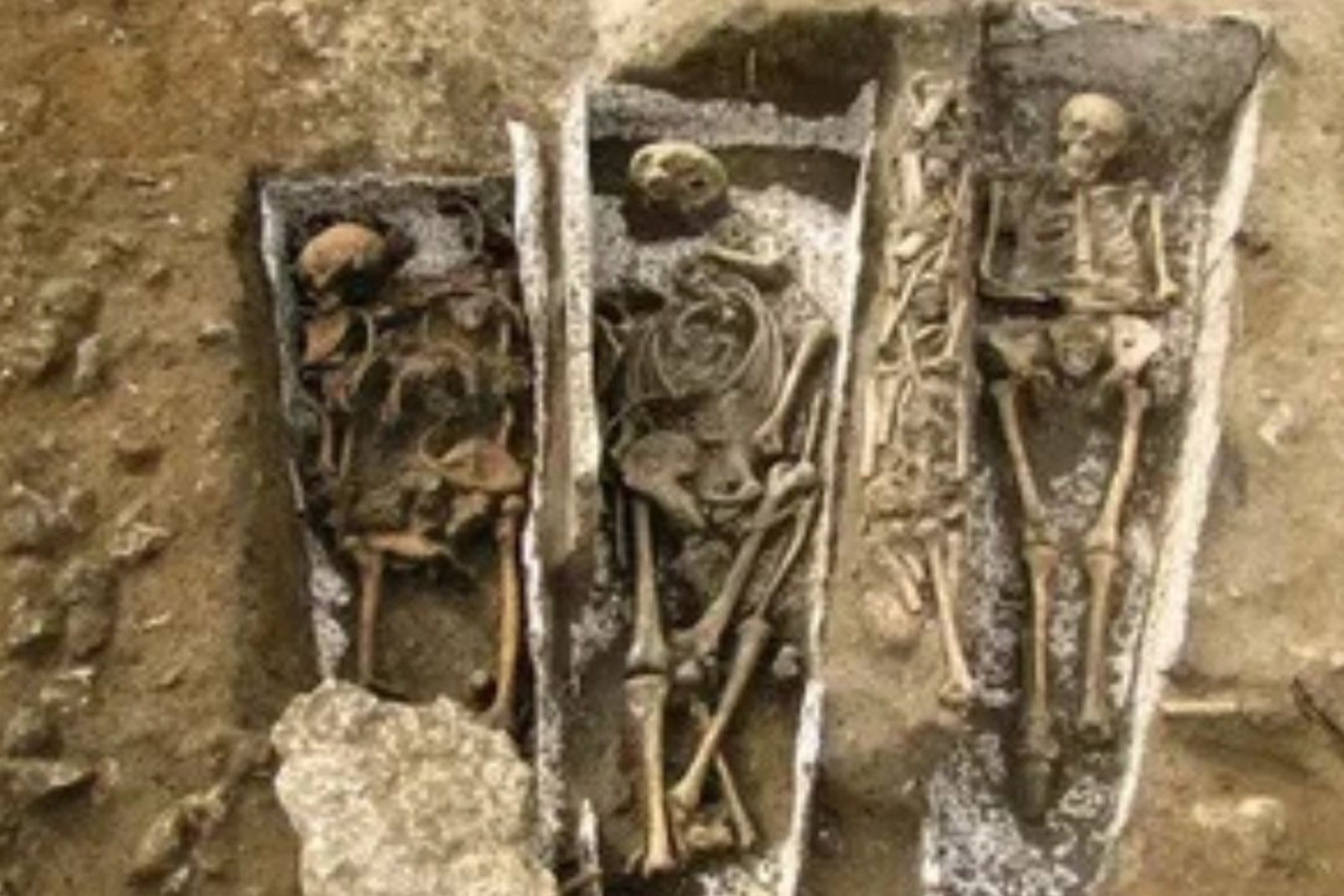The Ancient Egyptian Genome Study is one of the most fascinating scientific discoveries of our time. It helps us look deep into the past and understand who the ancient Egyptians really were. These were the people who built the pyramids, developed writing systems, and ruled one of the greatest early civilisations on Earth. But where did they come from? What did they look like? Are modern Egyptians their direct descendants? These are the kinds of questions this study helps answer.
In a remarkable breakthrough, the Ancient Egyptian Genome Study has successfully sequenced the oldest known DNA from ancient Egypt. This genetic material belonged to an individual who lived around 4,500 to 4,800 years ago, during the era of Egypt’s Old Kingdom. Published in July 2025, the findings highlight the growing importance of genetic research in uncovering the origins and lifestyles of ancient populations.
What is the Ancient Egyptian Genome Study?
The Ancient Egyptian Genome Study is a scientific research project where experts examined the genetic material (DNA) of ancient Egyptian mummies. A genome is like a complete set of instructions that every living being carries in its cells. This set tells us how our body works, how we look, and even where we came from.
By studying the genomes of ancient Egyptians, researchers can find out:
- What their bodies were like
- Which diseases they may have had
- Who their ancestors were
- How their genes changed over time
- How closely they are related to people living in Egypt today
This study is important because ancient Egypt was a powerful and long-lasting civilisation, yet there was little known about the genetic roots of its people—until now.
How Was the Ancient Egyptian Genome Study Conducted?
Collecting Samples From Ancient Mummies
Scientists collected 151 mummy samples from a place called Abusir el-Meleq, which is in the middle part of Egypt. These mummies were buried between 1400 BCE to 400 CE, covering Pharaonic, Greek, and Roman time periods.
Extracting DNA in Modern Labs
DNA is fragile and can get damaged over time. But scientists used modern technologies to carefully remove and clean the DNA from the mummies’ bones and teeth. Since Egypt has a dry and hot climate, scientists thought DNA would not survive—but to their surprise, well-preserved DNA was found.
Reading and Sequencing the Genome
Once DNA was extracted, researchers used powerful computers to sequence the genome—that means they read the letters of the DNA code. Then they compared this ancient genetic data with the DNA of people from different parts of the world.
Comparing Ancient and Modern Genomes
The Ancient Egyptian Genome Study compared the DNA of ancient Egyptians with that of:
- Modern Egyptians
- People from sub-Saharan Africa
- People from the Near East (modern-day Syria, Lebanon, Israel, Turkey)
- People from Europe
This comparison gave amazing results.
Key Discoveries of the Ancient Egyptian Genome Study
Ancient Egyptians Were Closer to the Near East
One of the main findings of the Ancient Egyptian Genome Study is that ancient Egyptians were more genetically related to people of the Near East than to sub-Saharan Africans. This means that ancient Egyptians had more in common with people from regions like:
- Syria
- Turkey
- Israel
- Lebanon
This makes sense because Egypt had strong cultural and trade links with these areas. The Nile River connected Egypt to other regions, and the Red Sea allowed ships to travel from Egypt to nearby countries. So there was a lot of contact between them.
Modern Egyptians Are Genetically Different From Ancient Egyptians
Today’s Egyptians have more DNA from sub-Saharan Africa than ancient Egyptians had. This shows that over the last 2,000 years, people from different places moved into Egypt and mixed with the local population.
The reasons for this change include:
- Trade routes that brought people from across Africa
- Invasions and wars that caused population changes
- Islamic expansion and slave trades that connected different parts of Africa to Egypt
So while modern Egyptians still carry some of the genes of their ancient ancestors, their DNA is also mixed with other groups.
DNA Can Survive in Egyptian Mummies
Before the Ancient Egyptian Genome Study, scientists thought that DNA would not survive in hot, dry climates. But this study proved that even in Egypt, DNA can be preserved for thousands of years, especially in bones and teeth. This is a great discovery because it means more ancient Egyptian genome studies can be done in the future.
What Does the Ancient Egyptian Genome Study Teach Us?
The Ancient Egyptian Genome Study teaches us many valuable lessons about science, history, and people.
It Helps Us Understand Human Migration
By showing where ancient Egyptians came from, the study helps explain how humans moved from place to place in ancient times. It shows that civilisations were connected, and people traveled much more than we once thought.
It Proves Science and History Work Together
Science and history are not separate. This study shows that DNA science can help answer historical questions about who people were and how they lived.
It Inspires Future Research
Because this study was so successful, it opens the door for more ancient DNA studies in Egypt and beyond. Scientists can now study the genomes of pharaohs, farmers, soldiers, and priests to learn even more.
Conclusion: Why the Ancient Egyptian Genome Study Matters
The Ancient Egyptian Genome Study is not just a scientific project. It is a window into the past. It shows us who the ancient Egyptians really were, how they connected to other civilisations, and how their genes changed over thousands of years.
This study proves that DNA is a powerful tool for understanding history. It connects modern people with ancient ones and shows that even though time passes, the story of humanity is written in our genes.




